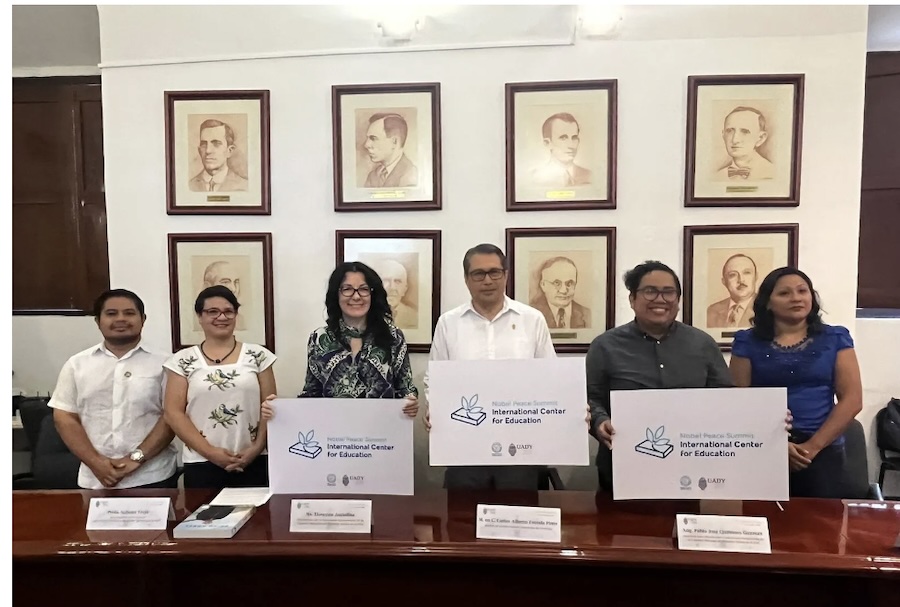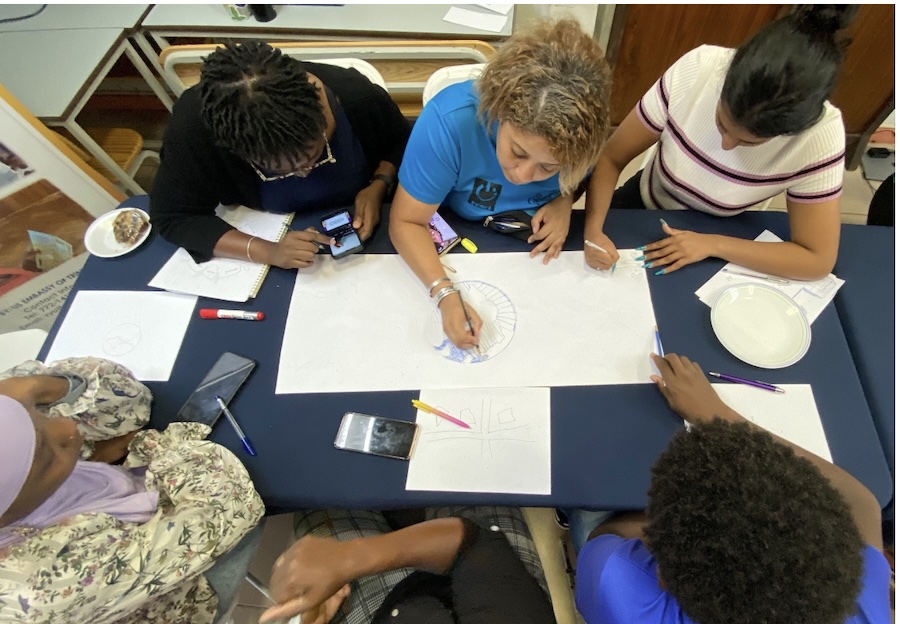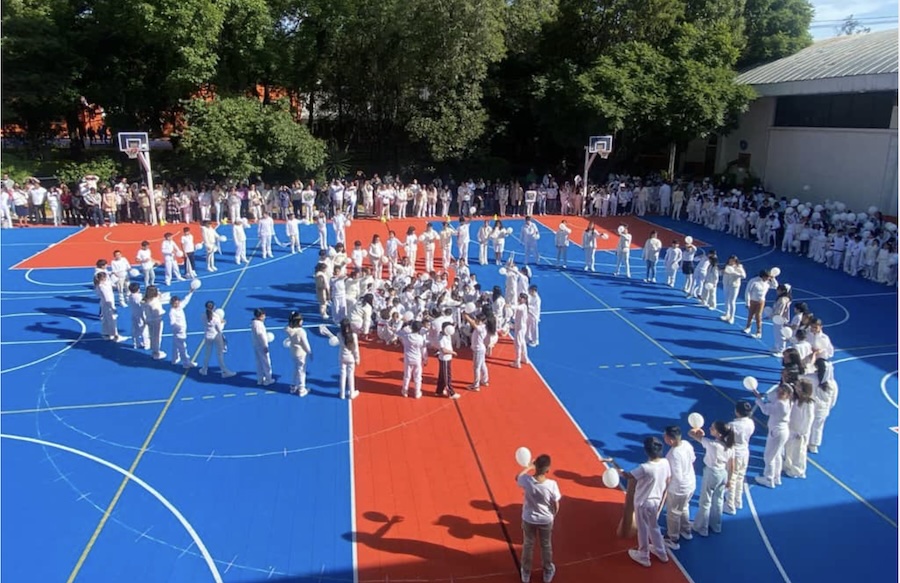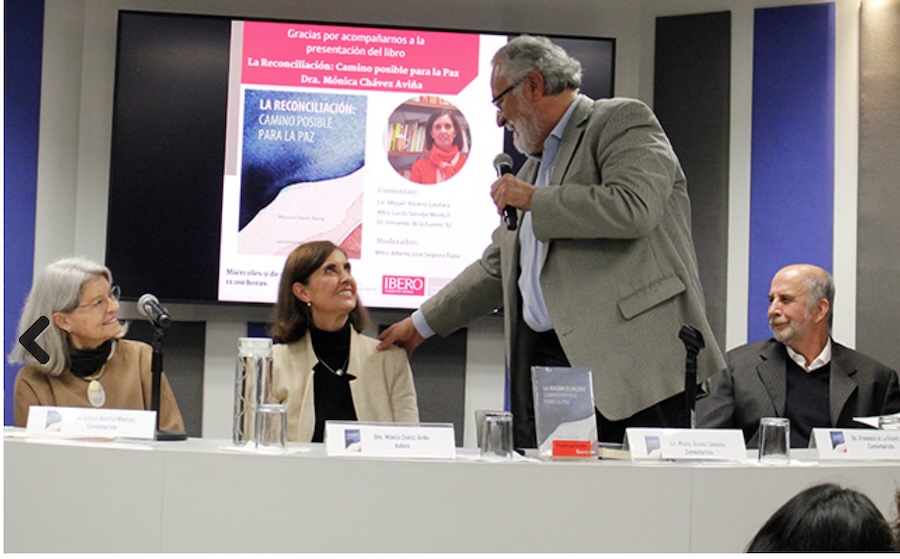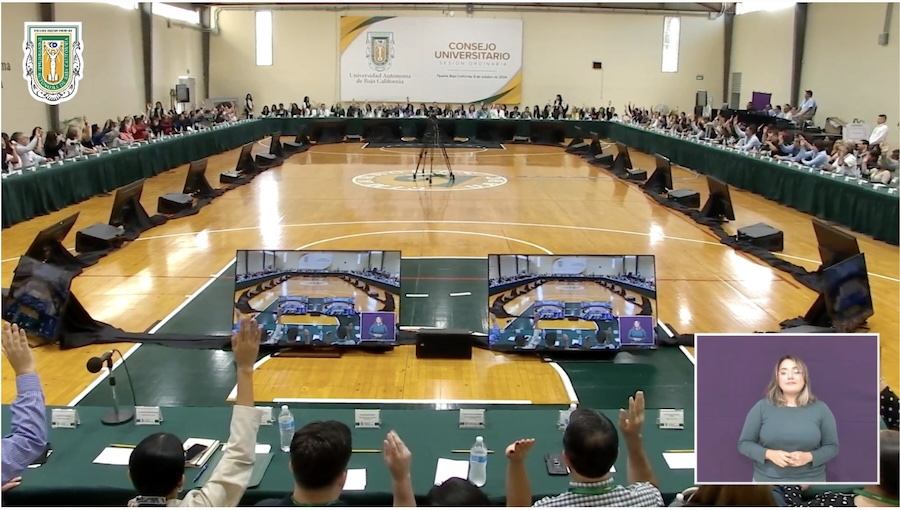FREE FLOW OF INFORMATION .
An announcment from the Cuban Diplomatic Repesentation (abbreviated)
With everyone and for the benefit of all
”
For dialogue between civilizations and for a culture of peace
January 28 – 31, 2025, Havana, Cuba
Following the high level of attendance at the preceding edition (2023) – over 1,100 delegates from 89 countries – the José Martí International Solidarity Project announces the planned holding of the 6th International Conference FOR WORLD BALANCE, in Havana on January 28-31, 2025.
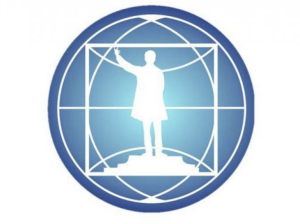
The event is open to writers, historians, journalists, artists, politicians, economists, scientists and intellectuals in general; to representatives of social and solidarity movements, trade union and religious leaders; members of NGOs and scientific, feminist, youth, rural workers’ and ecological organizations and all people of good will who care about the defense of social justice, evenhanded development, dialogue and peace; who share the finer feelings of solidarity and the desire to build a better world.
This world forum of pluralistic and multidisciplinary thinking is supported and co-sponsored by UNESCO, the Organization of Ibero-American States for Education, Science & Culture, the Fundación Cultura de Paz (Spain), Soka Gakkai International, the Latin American Council of Social Sciences (CLACSO) and other international, regional and domestic institutions.
The conference will take place at a time when mankind is progressing towards new bases of organization of the world system, in the context of a transition in civilization which transcends the legacy of colonialism, hegemonism and unipolarity to make multilateralism and the sustainability of human development its basic aim.
The International Conferences FOR WORLD BALANCE have become important academic/scientific platforms of various branches of knowledge – notably the social and human sciences – attended by hundreds of educators, researchers, social activists and intellectuals from every latitude who are invited, regardless of their origin, culture, political stance, or religious beliefs, to ponder the main problems of the times, pursue common aims conducive to unity of global action, and convince international public opinion that dialogue should prevail over war, love over hate, solidarity over egoism … in short, to disseminate ideas and awareness for building a better world – more just and at peace, so that we can look to the future with hope rather than apprehension.
(Article continued in the column on the right)
(Click here for a Spanish version of the announcement)
Does Cuba promote a culture of peace
(Article continued from the column on the left)
This world conference will take place in the year of the 130th anniversary of the death on the battlefield of José Martí, the master spirit of Cuban independence, a great philosopher whose profoundly humanist output of extraordinary longevity inspires efforts to bring about sustainable development; social justice; the elimination of poverty; access to public health, education and culture; the affirmation of international cooperation, of multilateralism, of respect for the rights of others, of dialogue and of peace.
The event will be the setting for the creation of meaningful relations between people of good will, for conferring greater visibility and substance to the struggle for the common ideal of making the world a better place and saving life on Earth; old and new friends will meet in the search for unity of global action to raise awareness within international public opinion; working experiences will be shared, views expressed with the utmost respect and in a setting entirely free of sectarianism. The gathering is also seen as a continuance of the International Conferences on the Dialogue of Civilizations and the debates at the World Humanities Conference held in Liège, Belgium, under the auspices of UNESCO and the International Council for Philosophy & Human Sciences.
Fundamental questions will be addressed in committees, panels, workshops, meetings, symposiums, specialized sessions, keynote speeches, special addresses and other modes of reflection and debate, as expected of an event of this nature and scale; the results will be published as papers for distribution to universities, other seats of learning and research institutions and made available on the social networks.
(Editor’s note: According to an email received at CPNN from World Beyond War, one of the events at the conference will be an event called “Building a World Beyond War,” on January 30th co-organized by CODEPINK, International Peace Bureau, People’s Human Rights Observatory, GAMIP, Kavilando, Black Alliance for Peace, Veterans For Peace, Jose Martí Project, and World BEYOND War.
For details on the themes of the agenda, submission of papers and registration for the conference, see the conference website.)
– – – – – –
If you wish to make a comment on this article, you may write to coordinator@cpnn-world.org with the title “Comment on (name of article)” and we will put your comment on line. Because of the flood of spam, we have discontinued the direct application of comments.
